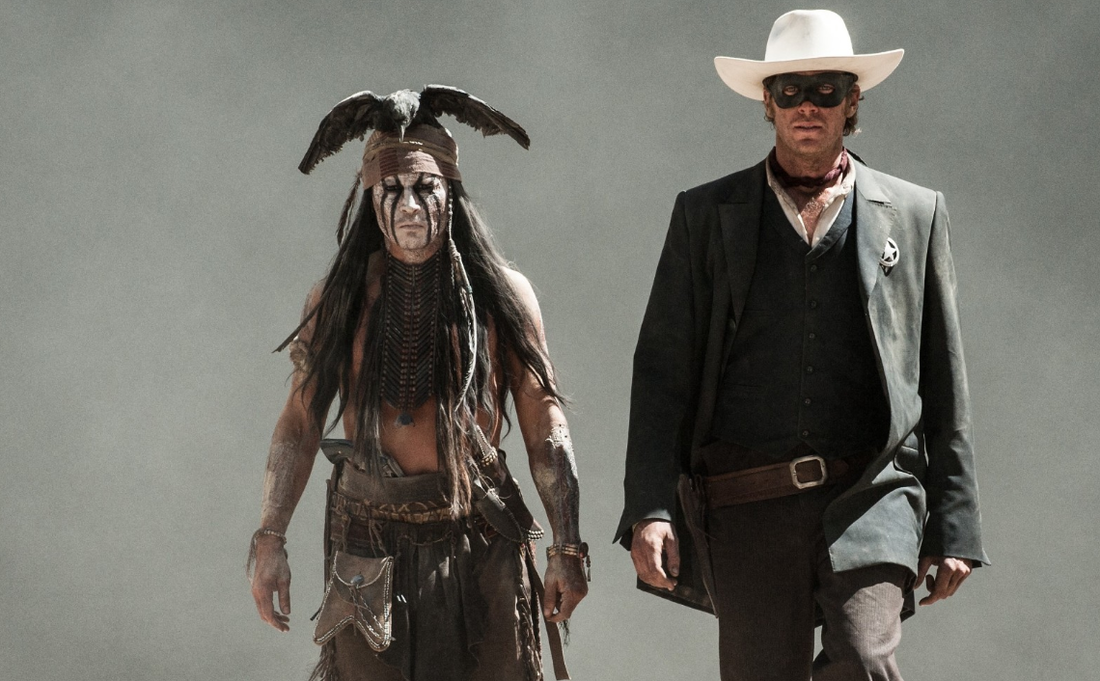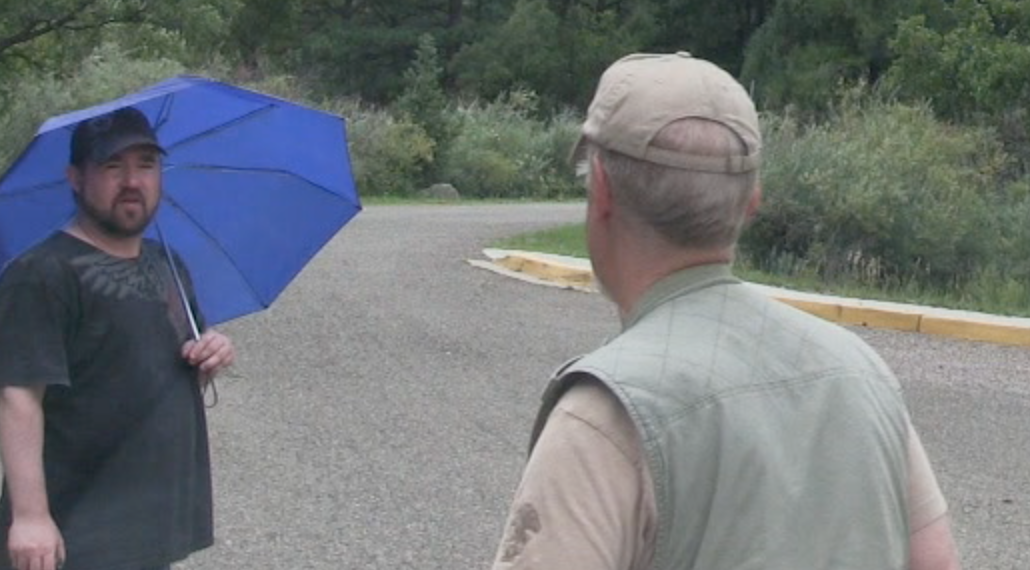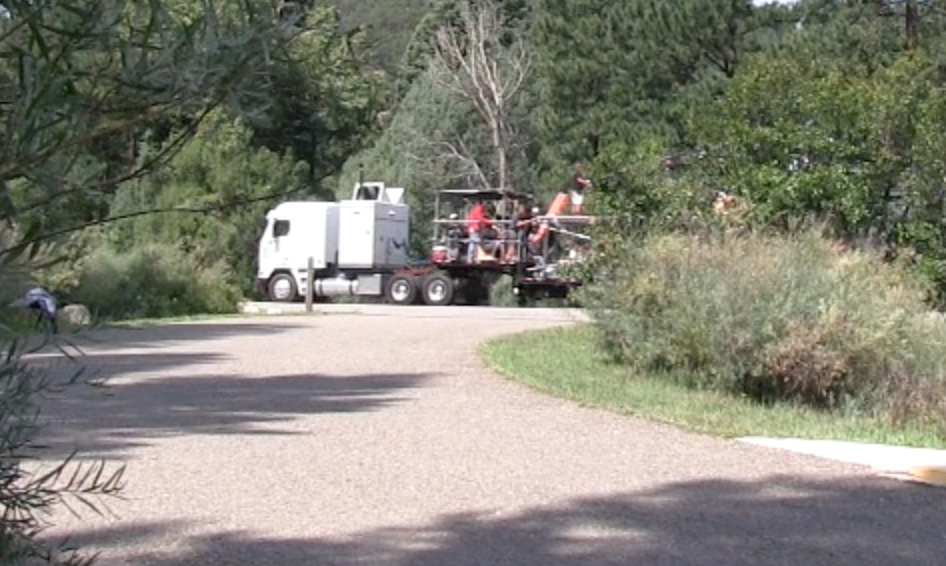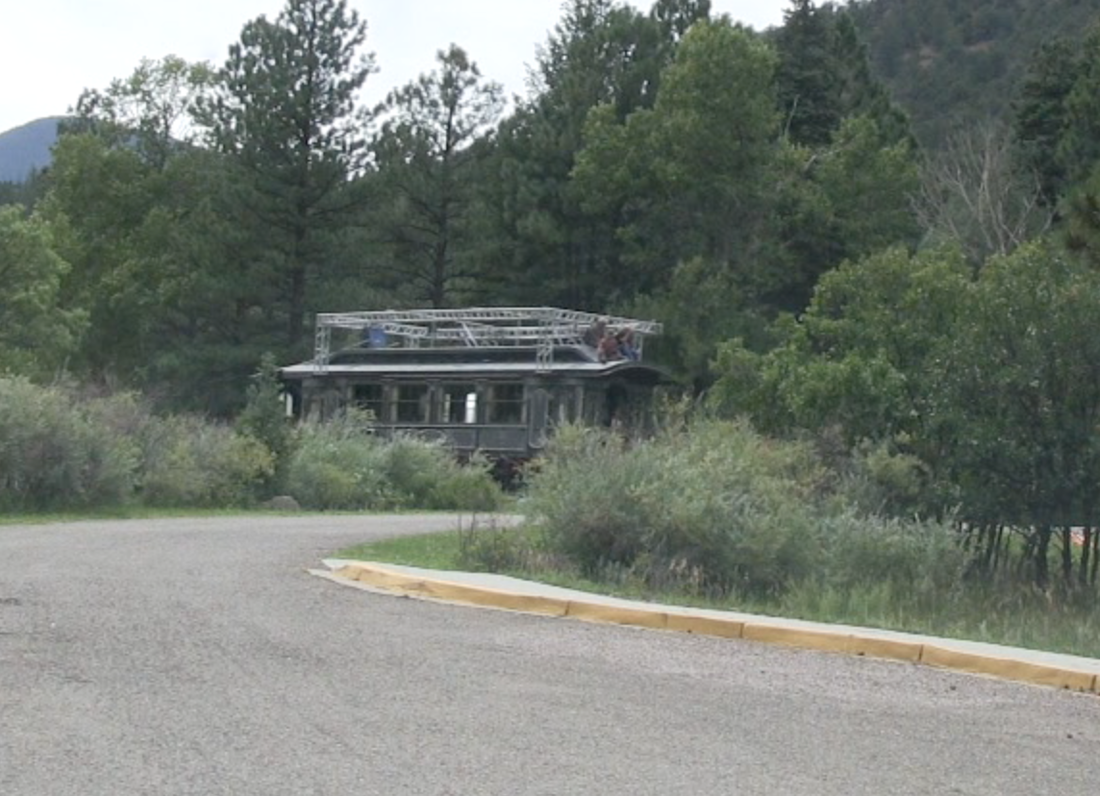I saw the film this past weekend and loved it for the way that it plays with American history both in the actuality of the West and in the popular culture of the masked man and his trusty sidekick, Tonto. Much of the history in the film is stereotype, as one would expect: the vanishing Indians, the greedy railroad barons, the ignorant and oppressed Chinese, and the prostitute with the heart of gold, for example.
But the clichés were saved from trivia by a good infusion of humor and the bizarre (often the same) and the way the film played with our memories of the story. A beautiful white horse appears on a cliff above a valley floor, and we know immediately that we have just seen silver; a deputized dude becomes a deputy Texas Ranger with a white Stetson hat, and we know we have seen that hat before. Of course, we are waiting for the moment when from out of the past the activities of the Ranger will be enhanced by the sound of the “1812 Overture,” and at the perfect moment we hear that music, coming from deep in our collective memory of a great American legend. All of this is enriched with the framework of a very elderly Tonto at a fair in San Francisco in 1933 telling a young boy his story.
OK, so how did I help make all of this happen? By obeying orders and staying in my campground, that’s how.
I was travelling across the country last summer (2012) in an RV towing a trailer and motorcycle. I had come to rest at a campground in Cimarron Canyon State Park in New Mexico – a place I had camped 50 years before, while crossing the country on a motor scooter. The pin marks the canyon.
When checking in I learned that travel by road up and down the canyon would be restricted due to the fact that a film crew would be using he canyon for scenes in a movie on the Lone Ranger. I soon learned that on a stretch of road through the canyon about seventy (yes, 70) crew members were posted with walkie-talkies to make certain that no person, beast, nor vehicle was on the road during the filming. Here I am with one of the three fellows assigned at the entrance to my chosen campground:
For half an hour or so nothing would come by, then the truck and caboose would make its appearance. Here is the truck making one of its appearances.
I waved....
and he waved back.
(This was the most momentous moment in the history of the Youngs family since the time more than two centuries ago when George Washington kissed the cheek of my Many-Greats-Grandmother Keziah Youngs. Apparently she never washed that cheek again for the rest of her life--but that’s another story.)
One of the fellows watching our campground entry-way was a historical reenactor, and he told me he had played a soldier as an extra in another scene in the movie. So what was my contribution to making of the film?
“They also serve who stand and wait.”
With a campsite like this, waiting was a pleasure. It was such a great pleasure, in fact, that I’m attaching a little film of an evening at my fireside in Cimarron Canyon during the summer of 2012 when the Lone Ranger and Tonto were in the neighborhoold.
(You know you want to!)





 RSS Feed
RSS Feed